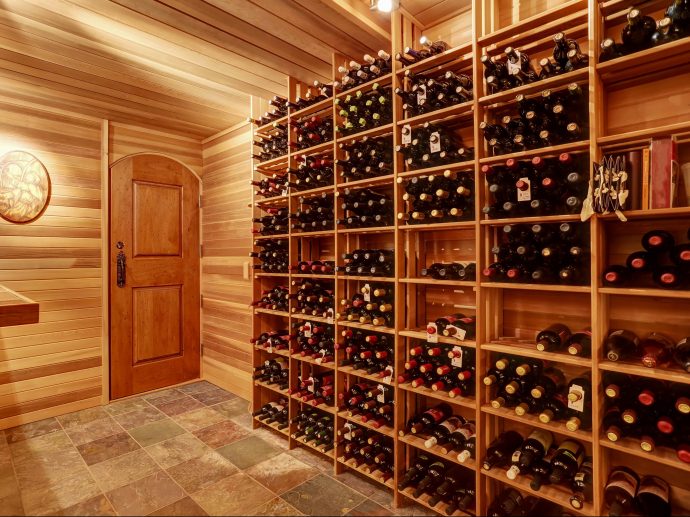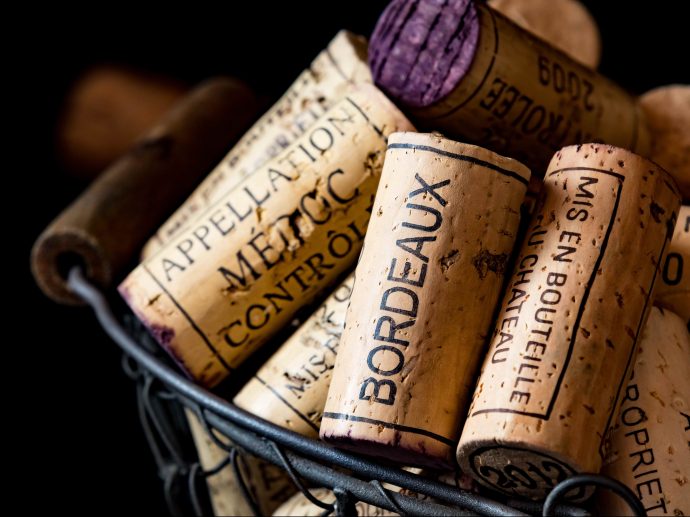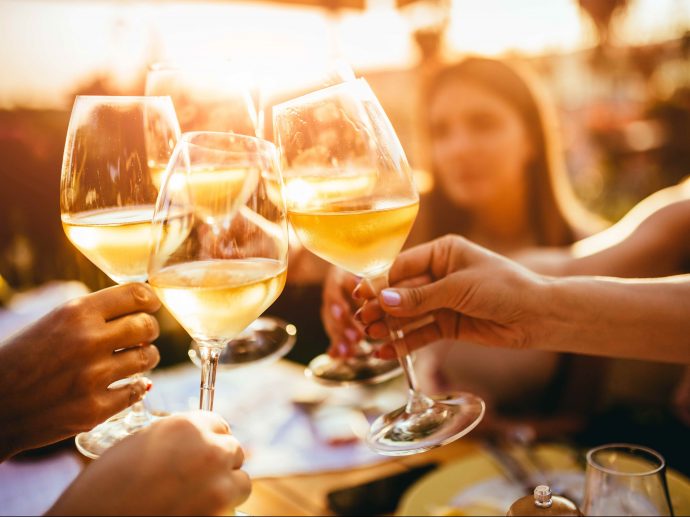Categories more
- Adventures (17)
- Arts / Collectables (15)
- Automotive (37)
- Aviation (11)
- Bath, Body, & Health (77)
- Children (6)
- Cigars / Spirits (32)
- Cuisine (16)
- Design/Architecture (22)
- Electronics (13)
- Entertainment (4)
- Event Planning (5)
- Fashion (46)
- Finance (9)
- Gifts / Misc (6)
- Home Decor (45)
- Jewelry (41)
- Pets (3)
- Philanthropy (1)
- Real Estate (16)
- Services (23)
- Sports / Golf (14)
- Vacation / Travel (60)
- Watches / Pens (15)
- Wines / Vines (24)
- Yachting / Boating (17)
3 Tips For Optimum Wine Storage Conditions
Published
03/28/2021Wine is a delicate beverage; its smoothness, aroma, and flavor set it apart from others. That’s why enjoying wine always involves taking short sips instead of chugging it down like a glass of water. When paired with a meal, a glass of red or white wine can bring out its flavor.
But there’s also a fourth factor that makes wines unique: storage.
Unlike most beverages where you can place it in any fridge, wines need specific storage conditions to keep their flavor for a long time. Constant chemical reactions give the wine the ability to develop a better taste as it ages, but only when the environment is favorable. Drinking wines that have gone bad due to elements won’t make you sick but will start tasting flat and bland.
If you want your chardonnay or cabernet to be still enjoyable years later, consider these tips. They apply whether or not you own a wine cellar.
1. Keep It Cool
Heat is the number-one enemy of all wines. Many experts agree that 70o F (21.1o C) is the threshold for ideal storage; any higher than that will risk its flavor by the day. Heat can also affect the quality of grapes, a justified concern for winemakers with climate change being a thing.
But why does heat kill wine? Beyond the said threshold, tannins in wine start to be more noticeable and take on an astringent taste. When accompanied with dryness, the heat will loosen the cork and expose the wine to oxidation—another enemy of wine. Just several hours under such temperatures is enough to make any wine not worth your palate.
You’d want to keep your wine collection between 45o and 65o F (7.22o and 18.33o C). Your fridge at home, however, might not be suitable as its temperature fluctuates too much. It’s also not humid enough to keep the corks from drying up and prevent wine from oxidizing.
With that said, you may want to consider investing in a specialized wine fridge from wine storage solutions like Wine Cellar HQ. These solutions can maintain a constant temperature and humidity better than a standard fridge. If you have a dedicated cellar or plan to have one, you can buy a cooling unit. But if you’re content with a freestanding fridge in your kitchen, that’s also fine.
2. Keep Away From Light
Direct lighting also has a profound yet detrimental effect on wines. Whether from the sun or a light fixture in the room, light exposure can mess up the compounds in wines, resulting in being ‘light-struck.’ In this case, the wine has aged years in just a matter of hours, altering its flavor.
While light affects all wines equally, the extent of its effect varies. For example, red wine has more tannins than white wine, allowing it to resist the chemical alteration better. The color of the bottle is also a factor. According to a 1989 study, wines stored in darker bottles managed to retain their taste after exposure to fluorescent light for over three hours.
For obvious reasons, placing your cellar under a blackout isn’t practical. Dimmable LED lighting enables the room to receive less light and heat. If you don’t have one, the next best thing would be to make sure your storage is under a LED lamp. The heat from older light fixtures can still take its toll on wines.
3. Recork Opened Wines
Sometimes, the cork on the bottle can affect the wine’s taste once you pop it open. Natural corks contain a substance called trichloroanisole (TCA), resulting in wines with a corky taste. TCA isn’t lethal to wine drinkers, but it can ruin the experience.
Currently, cork producers are looking into technologies that would remove significant amounts of TCA, limiting it to only 0.5 nanograms per liter. If successful, wine drinkers won’t need to worry about cork taint in future bottles, allowing them to get the full flavor.
Until then, recorking opened wine bottles is the best you can do. Some recorking methods include:
- Using the other side of the original cork
- Using wax paper to slide the cork in with ease
- Using a cork from an older bottle of wine
- Using a reusable metal or rubber stopper
Conclusion
With these wine storage techniques, any bottle will last for years and still taste as good as when it first came out, if not better. It may require a bit of an investment on your part, but it’s a small price to pay to protect the bottles you’ve been collecting throughout your life. And when you finally pop one open for the first time, the aroma and flavor will be worth it.


















